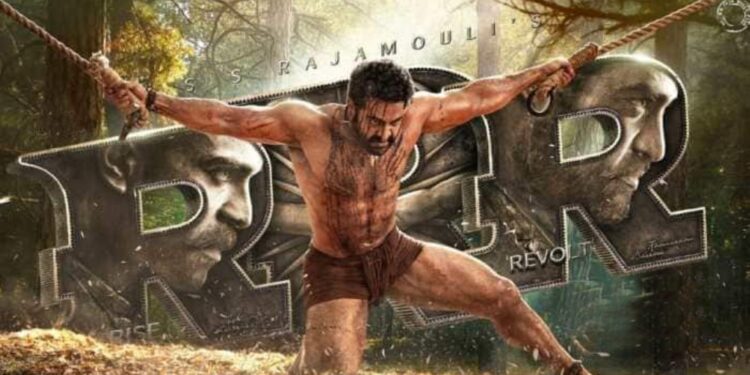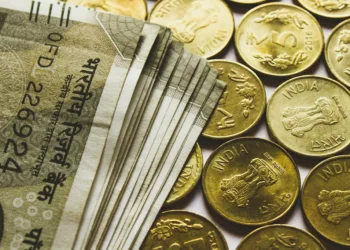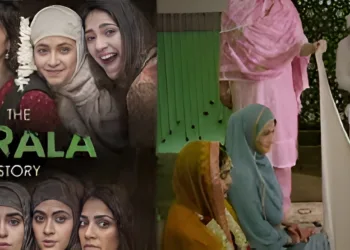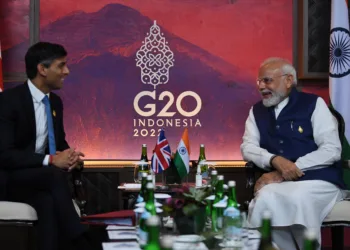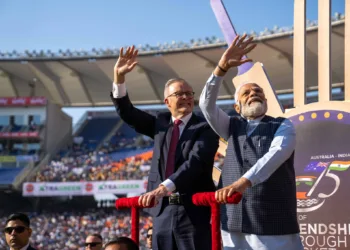The box-office battle between north and south is more about breaking the mould, says SAIBAL CHATTERJEE
The shuttering of cinema screens during the coronavirus pandemic had one happy consequence. Bollywood fans were forced to turn to the streaming platforms for their daily fare of entertainment. In the bargain, they discovered a wider, richer variety of films.
When the multiplexes reopened a year and a half later, Hindi cinema had lost its crowd-pulling clout. Commercial movies from the south—Pushpa, KGF and RRR—stepped into the breach. Big star-driven Mumbai flicks, especially featuring pro-establishment poster boy Akshay Kumar, came unstuck at the box-office. As the bloodbath intensified, panic gripped the industry.
It was easy to see what was going wrong: mainstream Bollywood was stuck in the past while the audience had metamorphosed. Film-goers were now far more demanding and language agnostic. It did not matter anymore where a film came from as long as it had the ability to surprise either with its content or technical gloss.
Netflix, Amazon Prime and the like opened up a world filled with promise and possibility. Besides Korean, Spanish and Mexican shows and movies, they served up a slew of Malayalam and Tamil films that were engaging and exciting in ways that commercial Hindi cinema had ceased to be.
Movies such as Samrat Prithviraj, Bachchhan Paandey and Raksha Bandhan, all starring Akshay Kumar, sank. So did Jayeshbhai Joardaar and Laal Singh Chaddha, to name a few other costly duds.
In the aftermath of the pandemic, the masses that determined a commercial movie’s box-office fate simply did not have enough disposable income. Ticket prices at the multiplexes were prohibitive. The public stayed away from the theatres. Yet, KGF: Chapter 2 and RRR roared their way to stupendous commercial success. Both were screechy, unsubtle entertainers. Neither was a great film. The former, a follow-up to the 2018 Kannada hit KGF: Chapter 1, was an abomination—a dizzying, hyper-masculine actioner made by people who embraced excess with all their might. The film raked in big bucks.
S.S. Rajamouli’s Telugu-language RRR was no different. Besides the razzle-dazzle of technology, the film banked on the appropriation of two subaltern historical figures from two different periods—one a tribal, the other a Dalit—to serve a larger mythologised narrative to suit the nation’s current political climate.
If KGF had one invincible hero, RRR had two. They could do no wrong. In a way, the CGI (computer-generated imagery)-laced blockbusters harked back to the popular cinema of the 1970s and 1980s, in which women existed only as pretty appendages while angry, intrepid men took on the world.

Brahmastra: Part 1- Shiva helped Bollywood somewhat turn the tide. Not a perfect film by any stretch of the imagination, the Ranbir Kapoor-Alia Bhatt superhero film was a departure from the norm. It emphatically restored the gender balance. The film’s male protagonist wasn’t a cocksure crusader. Hobbled by self-doubt, he had to work hard to acquire the powers that would separate him from mere mortals. Significantly, the woman in his life was an equal partner in the battle between good and evil. In fact, even the villain in Brahmastra was a woman.
Mani Ratnam’s magnum opus Ponniyin Selvan: 1, an ambitious and classy adaptation of Kalki’s cult five-volume novel about the history of the Chola dynasty, was well removed in substance and spirit from KGF and RRR. It not only broke away from the fantastical and pulpy in laying out the period details, it also gave space to the women in the story.
So, to be sure, this isn’t merely a North-South battle. It is, more importantly, a tussle between one sensibility and another. Brahmastra and PS: 1 have shown the way forward.
@saibal.chatterjee


